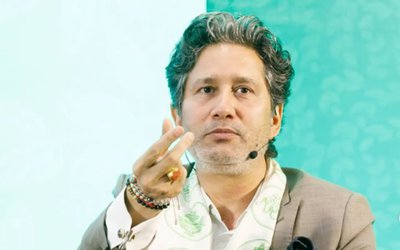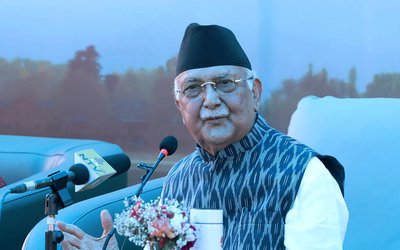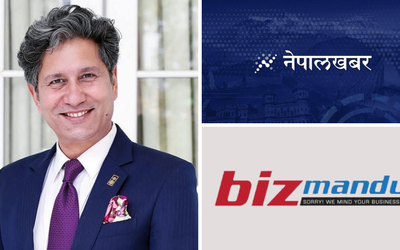More on News






Counting 86,682,605. It is the number of views that Kony 2012 received in less than a month. Facts aside, just the number is staggering.
With all this publicity, insane amounts of criticism and controversy also came along. Then the recent arrest of the co-founder of the Invisible Children, who is also the star of Kony 2012, did not help much either.
At this point, most people are responding to Kony 2012 with mistrust and disbelief.
But before all that skepticism, before everyone starts asking questions and getting embarrassed for supporting the film in the first place, before all that, no one can deny that people were inspired. Why else would the video have gone viral?
Maybe it was the editing techniques, the music, the use of cute little child to get the point across—but I think it was something more.
Kony 2012 inspired people because it empowered them. The video told young viewers—where for some reason many of us feel powerless to enact change—that we can change the world simply by putting up posters or by adding video links to our Twitter or Facebook feeds.
And the fact is: that’s true. There is nothing in the world that can stop us if we work together fulfilling small acts of service, of citizen engagement.
So regardless of twisted facts, the allegations, the misplaced money and so on, I believe that at its core the message of Kony 2012 is true and 100% valid.
The video tells young citizens that they can make a difference by working together to make something huge happen. Now that truth is undeniable.
Kony 2012 also served as another awesome example of the power of internet. The internet can be used to amass people beyond state and country lines, beyond the divides and borders we create for ourselves.
There are no borders on the internet. And let’s hope there never will be. The internet is the great equalizer, with the power to bring over 86 million people together with just one video posted on YouTube.
And can I just mention? Kony was one of the first videos gone viral that wasn’t about something inane—it was about something that actually mattered to the people who made it.
Maybe Kony 2012 wasn’t the right movement. But the film paved the way for more films like it, maybe more valid, maybe less; it’s up to us to tell the difference.
Regardless of what it is, when we see something, we have to ask questions. We have to investigate. Sometimes we all need to be our own journalists.
In the end, Kony 2012 did one very important thing: it reminded us about the power inherent within ourselves.
We can ask questions. We can investigate. We can bring together masses of people through the click of a button on our social media pages. We can make our world different.






